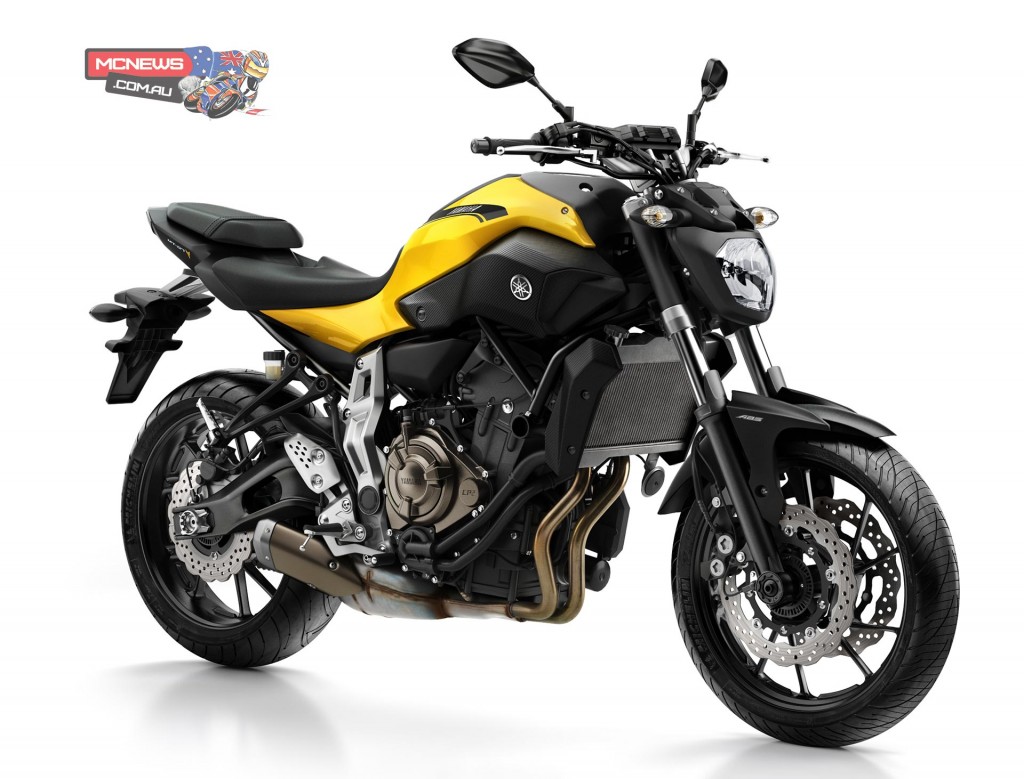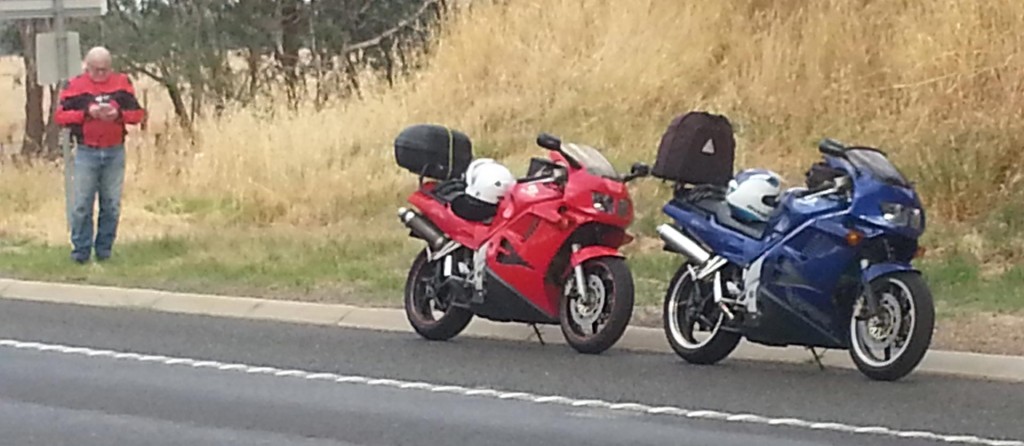Real World Motorcycles Part Two – With Phil Hall
Click Here to go back and read Part One
A while ago I had a whinge about 190bhp sportsbikes that had painful ergos, the ability to exceed the open road speed limit in first gear and very narrow focus.
Yes, I know, you can ride any bike, anywhere and get it to do the job. People have ridden postie bikes around Australia, 1970’s 250 commuter bikes across the Nullabor and Yamaha R1s around the world, including vast stretches of gravel and unmade roads. A mate rode his 1098 Ducati from Phillip Island to Wollongong overnight straight after the MotoGp in 2007, and claimed that it was easy!
But these are the exceptions rather than the rule. For most of us, it is a question of buying the bike that best suits the style of riding that we do. And so, for most of us, neither a top-end sportsbike not a postie will do the job in the real world in which we ride.
Motorcycle sales figures show, in a nutshell, is that sportsbike sales are declining, Harley-Davidson is the biggest selling road motorcycle brand, scooter sales are falling and adventure bike sales are strong.
There are some caveats, of course. The top selling motorcycle is Kawasaki’s Ninja 300. Cruise down any street in Australia and you will see Ninjas by the dozens and the reason is obvious. It is the most popular LAMS bike, sportsbike cachet a big part of that appeal but its dominance is under growing threat from plenty of new machines in the learner segment, including Yamaha’s excellent MT-07.

New riders keep arriving in the market and, usually they are young so the Ninja 300 ticks all the boxes for a young person’s first bike. Unsurprisingly, its resale value is also excellent, though the number of them that get sold with go-faster exhaust systems that sound truly awful is a moot point.
Older “new” riders, or returning riders who have not maintained their open licences seem to favour the LAMS cruisers, for the same reasons that the young seem to prefer the Ninja.
And it is the demographic that very much determines the sales figures. Never before have there been more “returning” riders and the reasons for this are pretty obvious. Most are middle aged men who, back when they were in their 20’s, rode the current hot bikes but then gave riding away as the pressure of work, family commitments and the mortgage kicked in.
Fast forward 30 or so years and they have the house almost paid off, they are reasonably financially secure, the family is well on the way towards being grown up and the hankering for the days of youth starts kicking in. Budget is usually no real barrier so they can be seen riding the newest and best with all the good accessories and gear. And who can blame them, they have, after all, well and truly paid their dues. As most of us who rode right through know, once you’re bitten, you’re bitten. The “bug” may be pushed into the background for a while but it never really goes away.
So it isn’t surprising to see that, of the top 10 cruisers, only two of them are not Harleys, the Yamaha 650 LAMS bike (in third place) and the Kawasaki’s Vulcan S in ninth place.
An increasing number of returning riders are also going the adventure-touring route, and with amazing machines such as BMW’s R 1200 GS and KTM’s 1290 Super Adventure now available, who can blame them. Excellent performance married with excellent ergonomics and high comfort levels make the modern adventure-tourer the most versatile machines in motorcycling.
Road bike sales of individual models see LAMS bikes populate most of the top ten, as you would expect, but not one single full-fairing sportsbike makes it into the top 10, or gets even close to the top ten.
Could it be that our buyers are looking for more practicality? It seems so. The two categories doing the best overall (leaving out LAMS) are Adventure bikes and Sports Touring.
What do these statistics mean? Well, as Mark Twain once said, “There are three kinds of lies, lies, damned lies and statistics.” We know that you can make statistics say anything you want them to say with a bit of creative juggling. But what they appear to show is that the move in the market place is towards “real world” bikes rather than narrow-focussed, single use machines.
Now I have no desire to ride off-road, I should make that clear. The after-effects of my accident make it difficult for me to get my leg up and across a normal road bike so the adventure bikes that come equipped with a ladder so that you can get on and off are really not for me. Likewise the difficulty of getting my feet down on the ground when I stop would make an R 1200 GS an impossibility for me (leaving aside the obvious consideration of cost). But, I have friends who do ride them, several of whom sold their sportsbikes to buy one so there must be something in it. They speak of compliant suspensions, comfortable riding positions (too “straight up” for me) and the ability to go places that a road bike won’t take them and I can see that. Better visibility is also high on the “likes” list as well as the inevitable camaraderie that comes from riding a specialised bike.
Sports/Touring? Well, don’t expect an unbiased view here. I’ve pretty much been a S/T rider for most of my riding career. For me it has all of the advantages and none of the disadvantages.
Am I surprised that these two “real world motorcycle” categories are doing well? Not at all.
Phil Hall
























